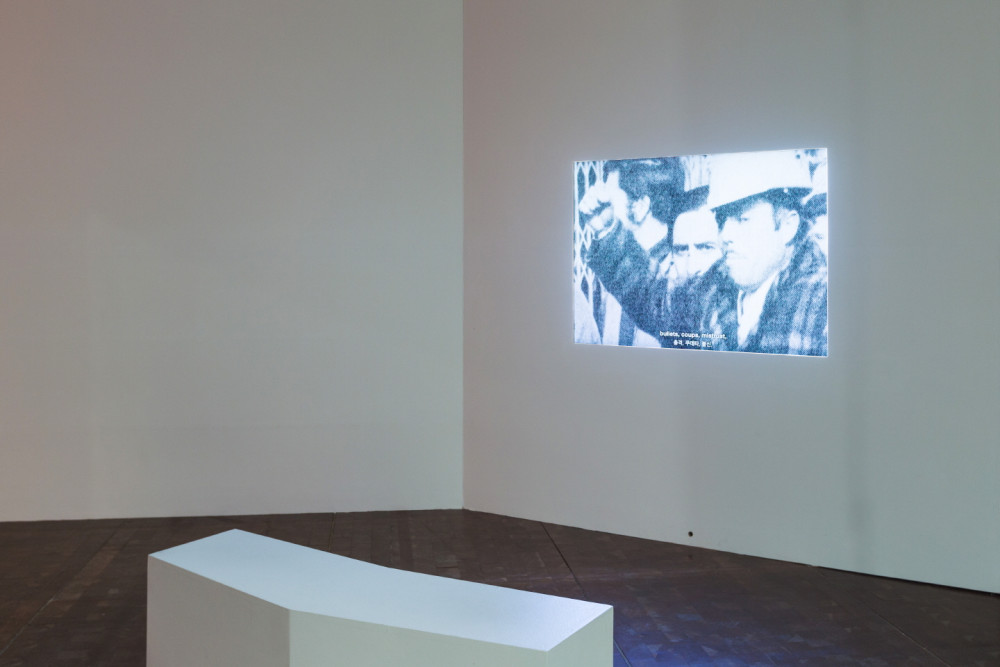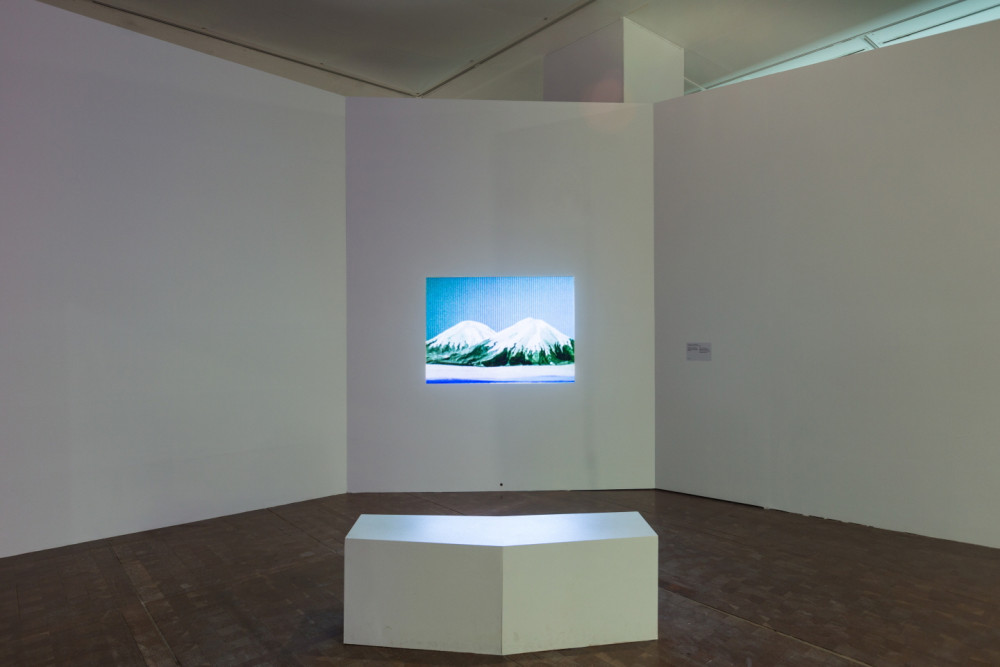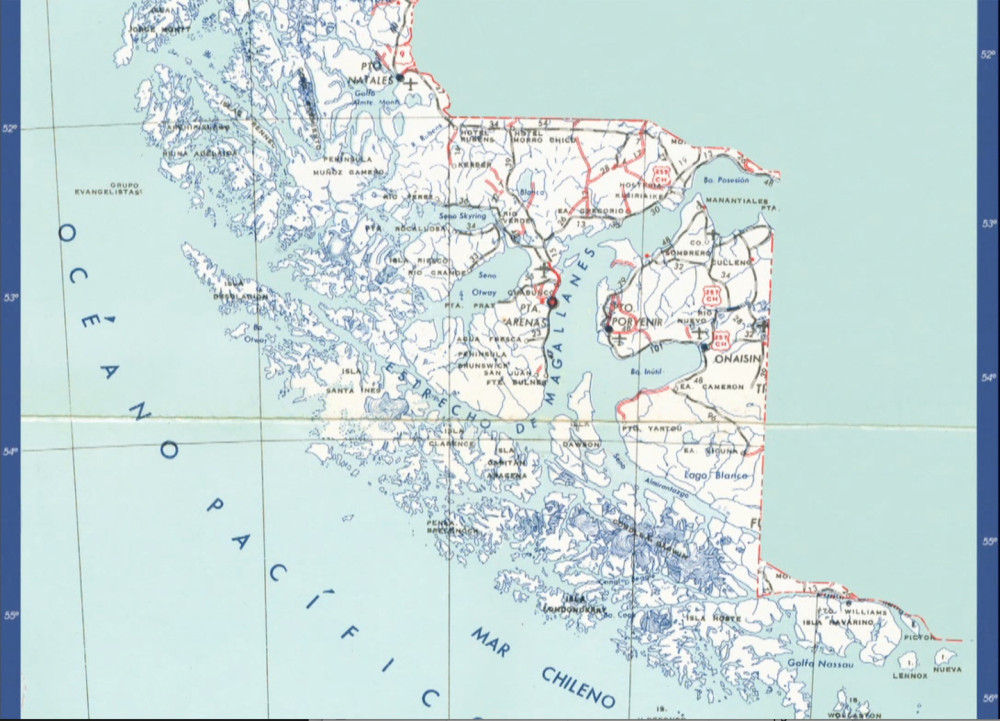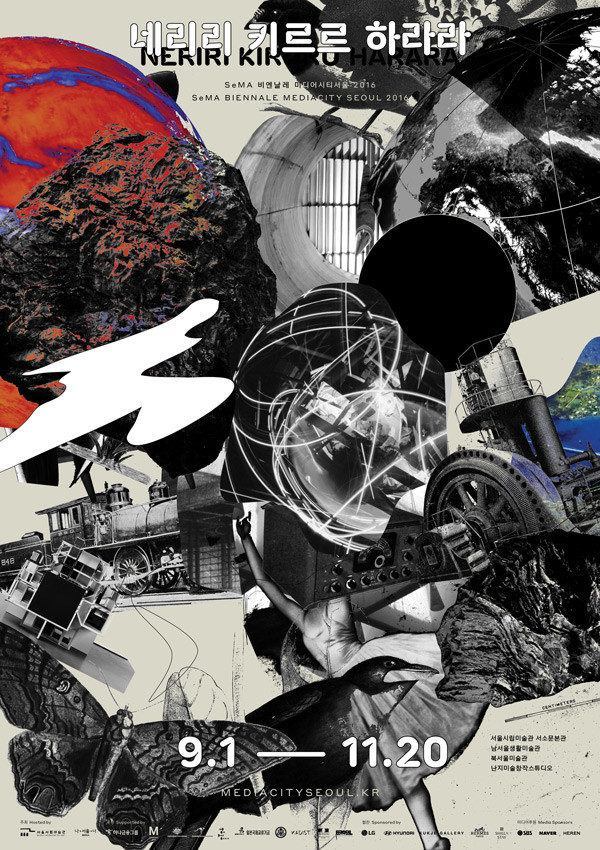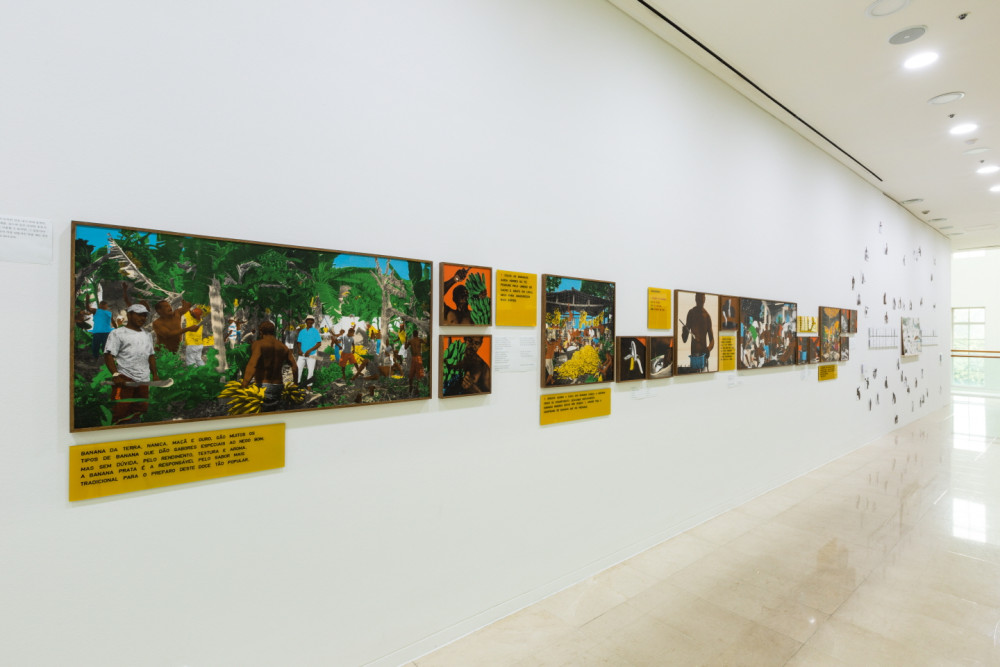
Pacfico [Pacific] begins with an animation based on a virtual scenario in which a massive earthquake erupts over the Andes, detaching Chile from the South American continent, leaving Chile a floating island adrift in the seas. When the artist visited Bolivia, he was affected by the way the loss of the sea to Chile in the bloody Pacific War (1879-1884) was a delicate, unresolved subject, a real historical taboo. While Bolivians are providing education on this history that didactically shows the injustice of what was done, in Chile, the existence of the war is not emphasized— rather, they teach that the whole coast has always been Chilean. The animation represents scenes of earthquakes and the cracking ground using miniatures made of paper and styrofoam, the materials used for practical teaching in these regions. The work evokes ideas of the construction of truth, relative trustworthiness, historical resentment as a social feeling, and the fabrication of mass commotion and emotion as political artifice. The animation is followed by serial black and white photographs along with a firm narration of the “yesterday” and “today” of Chile, using words or statements like “yesterday, disorder, violence, insecurity,” and “today, order, peace.” Images of the map of the Pacific Ocean and the Chilean coast, together with the narrated stories of the people who had experienced the earthquake, end with a song. The stark contrast in the tones of the narrations gives rise to the question of where the border between truth and non-truth lies.
